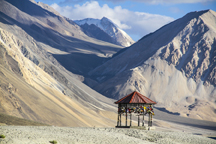Conserving Indian Geoheritage: the Geopark Approach
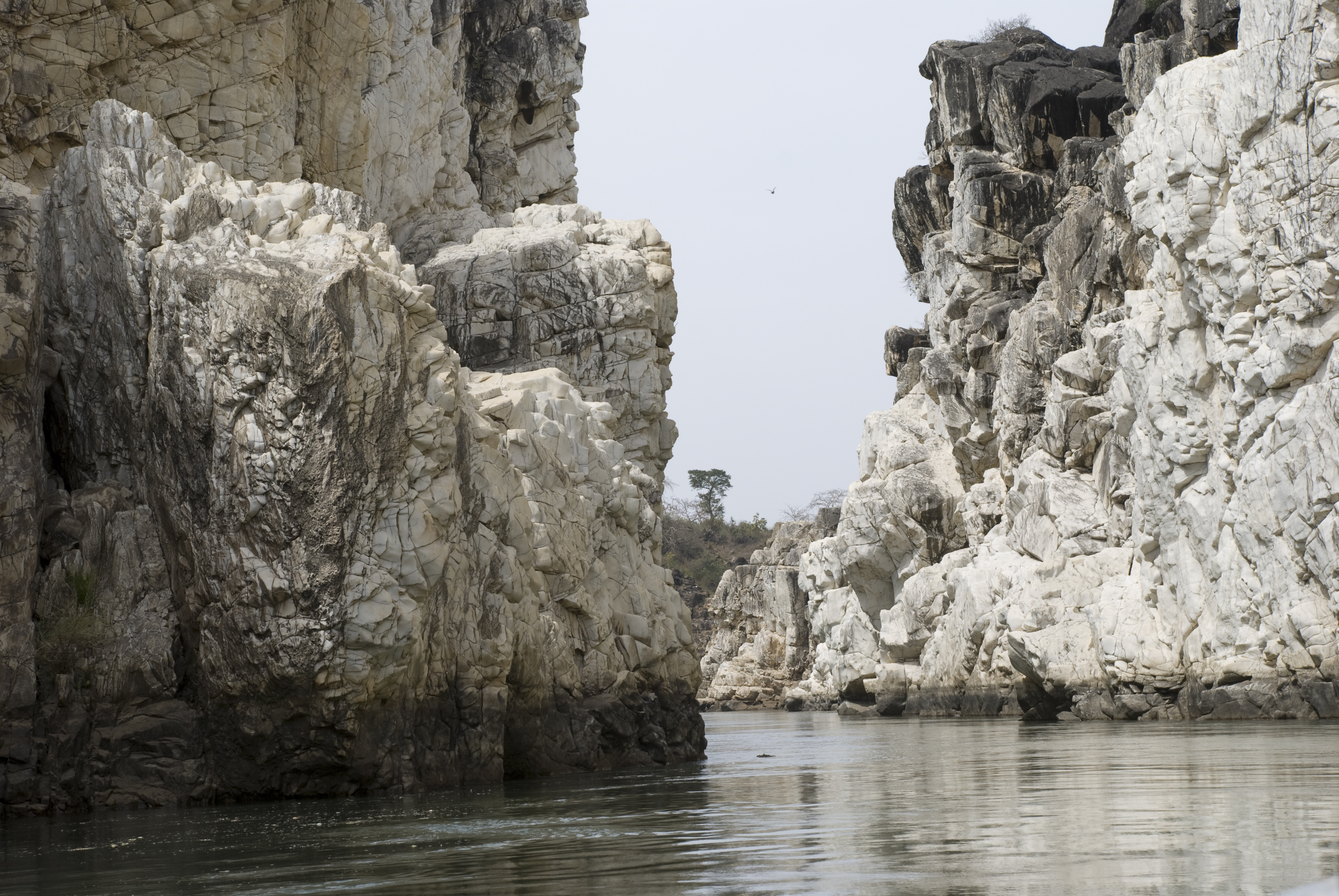

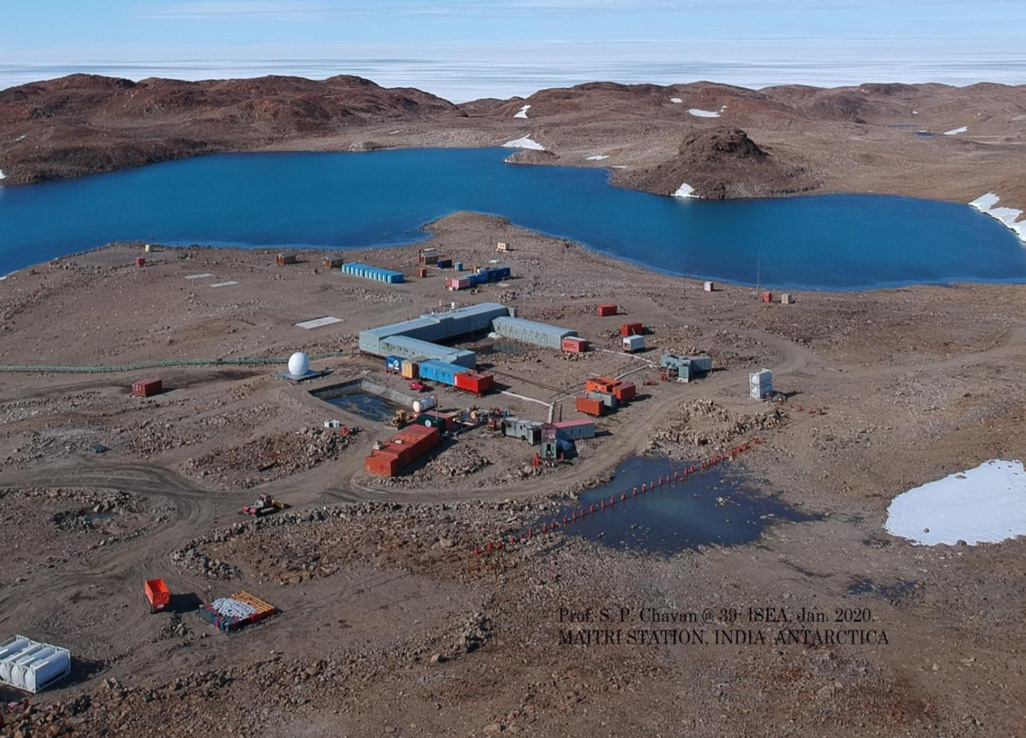
India is set to embark on a new chapter in its Polar exploration journey with the construction of Maitri II. The Indian government plans to establish a new research station near the existing Maitri ba...
.png )
The Deep Ocean Mission (DOM), approved by the Government of India in 2021 under the Ministry of Earth Sciences (MoES), represents a strategic step in realizing Sustainable Development Goal 14 (SDG 14:...
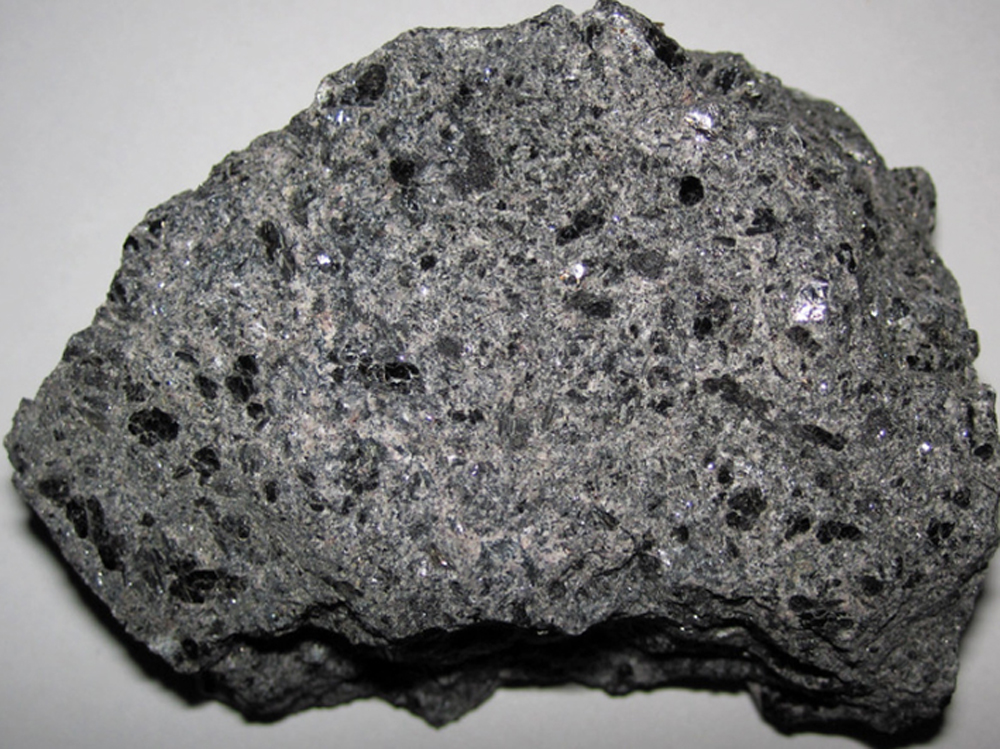
China recently announced restrictions on the export of seven rare earth elements (REEs), soon after US President Donald Trump decided to impose tariffs. As the world's dominant supplier—responsible fo...
Through a balanced blend of science, culture, education and tourism, geopark networks across the world are successfully improving the socio-economic condition of communities, thereby contributing to s...
Stromatolites record the evolutionary signature of earliest life forms on Earth. The prolific growth of stromatolites found in carbonate rocks were deposited between 3900 and 541 million years ago. Th...
One of the most sought-after tourist destinations, the Trans-Himalayan region of Ladakh also bears significant geoscientific importance with rock records dating back to the India–Eurasia plate collis...
Picturesque and rare, the Late Quaternary Red Sand Dunes—Erra Matti Dibbalu is spread over 10 sq km between the coasts of Visakhapatnam and Beemunipatnam in Andhra Pradesh. Owing to its geological sig...
Through a balanced blend of science, culture, education and tourism, geopark networks across the world are successfully improving the socio-economic condition of communities, thereby contributing to sustainable development of the region. India, with numerous geosites of significance, needs to learn from experiences world over and take a leap of faith to build its first global geopark.

Stromatolites record the evolutionary signature of earliest life forms on Earth. The prolific growth of stromatolites found in carbonate rocks were deposited between 3900 and 541 million years ago. The cyanobacteria, responsible for the formation of stromatolites obtained their energy through photosynthesis, thus utilising carbon dioxide from water and rocks—liberating large quantities of oxygen i...
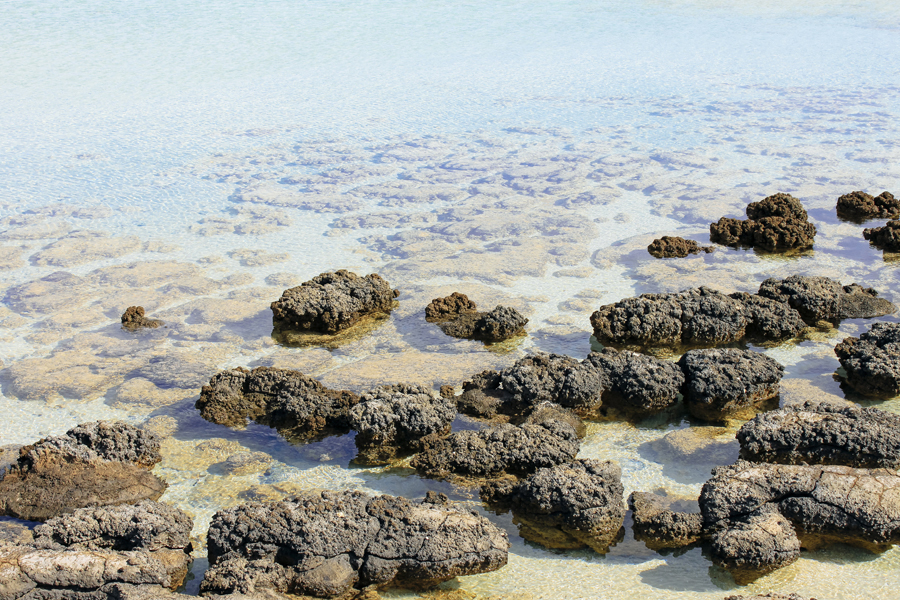
One of the most sought-after tourist destinations, the Trans-Himalayan region of Ladakh also bears significant geoscientific importance with rock records dating back to the India–Eurasia plate collision. Moreover, the history of the evolution of the Great Himalaya is also enshrined in its varied facies. A heightened effort towards the conservation of these rich geological sites must be made by de...
